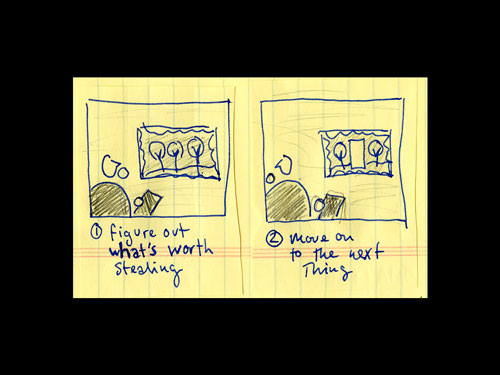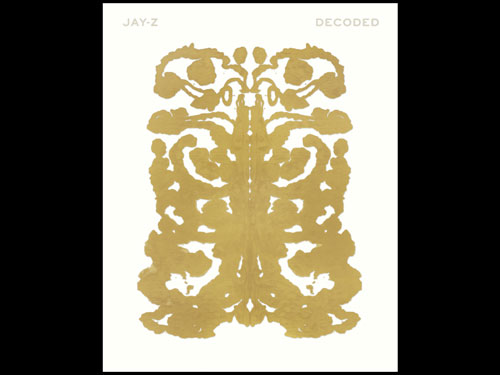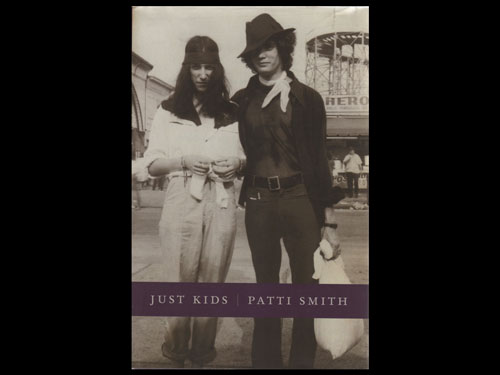HOW TO STEAL LIKE AN ARTIST (AND 9 OTHER THINGS NOBODY TOLD ME)
Wednesday, March 30th, 2011Note: This is a slightly edited version of a talk I gave yesterday at Broome Community College in Binghamton, New York. It’s a simple list of 10 things I wish I’d heard when I was in college.
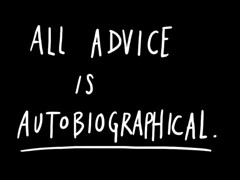

All advice is autobiographical.
It’s one of my theories that when people give you advice, they’re really just talking to themselves in the past. This list is me talking to a previous version of myself.
Your mileage may vary.

1. Steal like an artist.
Every artist gets asked the question, “Where do you get your ideas?”
The honest artist answers, “I steal them.”
I drew this cartoon a few years ago. There are two panels. Figure out what’s worth stealing. Move on to the next thing.
That’s about all there is to it.
Here’s what artists understand. It’s a three-word sentence that fills me with hope every time I read it:
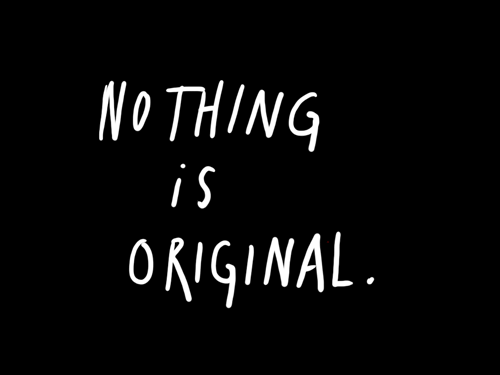
It says it right there in the Bible. Ecclesiastes:
That which has been is what will be, That which is done is what will be done, And there is nothing new under the sun.
Every new idea is just a mashup or a remix of previous ideas.

Here’s a trick they teach you in art school. Draw two parallel lines on a piece of paper:

How many lines are there? There’s the first line, the second line, but then there’s a line of negative space that runs between them. See it?
1 + 1 = 3.
Speaking of lines, here’s a good example of what I’m talking about: genetics. You have a mother and you have a father. You possess features from both of them, but the sum of you is bigger than their parts. You’re a remix of your mom and dad and all of your ancestors.

You don’t get to pick your family, but you can pick your teachers and you can pick your friends and you can pick the music you listen to and you can pick the books you read and you can pick the movies you see.
Jay-Z talks about this in his book, Decoded:
We were kids without fathers…so we found our fathers on wax and on the streets and in history, and in a way, that was a gift. We got to pick and choose the ancestors who would inspire the world we were going to make for ourselves…Our fathers were gone, usually because they just bounced, but we took their old records and used them to build something fresh.
You are, in fact, a mashup of what you choose to let into your life. You are the sum of your influences. The German writer Goethe said, “We are shaped and fashioned by what we love.”

An artist is a collector. Not a hoarder, mind you, there’s a difference: hoarders collect indiscriminately, the artist collects selectively. They only collect things that they really love.
There’s an economic theory out there that if you take the incomes of your five closest friends and average them, the resulting number will be pretty close to your own income.
I think the same thing is true of our idea incomes. You’re only going to be as good as the stuff you surround yourself with.
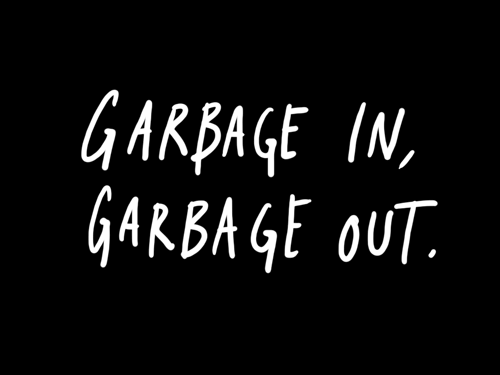
My mom used to say to me, “Garbage in, garbage out.”
It used to drive me nuts. But now I know what she means.
Your job is to collect ideas. The best way to collect ideas is to read. Read, read, read, read, read. Read the newspaper. Read the weather. Read the signs on the road. Read the faces of strangers. The more you read, the more you can choose to be influenced by.

Identify one writer you really love. Find everything they’ve ever written. Then find out what they read. And read all of that. Climb up your own family tree of writers.
Steal things and save them for later. Carry around a sketchpad. Write in your books. Tear things out of magazines and collage them in your scrapbook.
Steal like an artist.

2. Don’t wait until you know who you are to start making things.
There was a video going around the internet last year of Rainn Wilson, the guy who plays Dwight on The Office. He was talking about creative block, and he said this thing that drove me nuts, because I feel like it’s a license for so many people to put off making things: “If you don’t know who you are or what you’re about or what you believe in it’s really pretty impossible to be creative.”
If I waited to know “who I was” or “what I was about” before I started “being creative”, well, I’d still be sitting around trying to figure myself out instead of making things. In my experience, it’s in the act of making things that we figure out who we are.

You’re ready. Start making stuff.
You might be scared. That’s natural.
There’s this very real thing that runs rampant in educated people. It’s called imposter syndrome. The clinical definition is a “psychological phenomenon in which people are unable to internalize their accomplishments.” It means that you feel like a phony, like you’re just winging it, that you really don’t have any idea what you’re doing.
Guess what?
None of us do. I had no idea what I was doing when I started blacking out newspaper columns. All I knew was that it felt good. It didn’t feel like work. It felt like play.
Ask any real artist, and they’ll tell you the truth: they don’t know where the good stuff comes from. They just show up to do their thing. Every day.
Have you ever heard of dramaturgy? It’s a fancy sociological term for something this guy in England said about 400 years ago:
All the world’s a stage,
And all the men and women merely players:
They have their exits and their entrances;
And one man in his time plays many parts…
Another way to say this:

I love this phrase. There’s two ways to read it: Fake it ‘til you make it, as in, fake it until you’re successful, until everybody sees you the way you want, etc. Or, fake it til’ you make it, as in, pretend to be making something until you actually make something. I love that idea.
I also love the book Just Kids by Patti Smith. I love it because it’s a story about how two friends moved to New York and learned to be artists. You know how they learned to be artists? They pretended to be artists. I’ll spoil the book for you and describe my favorite scene, the turning scene in the book: Patti Smith and her friend Robert Maplethorpe dress up in all their gypsy gear and they go to Washington Square, where everybody’s hanging out, and this old couple kind of gawks at them, and the woman says to her husband, “Oh, take their picture. I think they’re artists.” “Oh, go on,” he shrugged. “They’re just kids.”
The point is: all the world’s a stage. You need a stage and you need a costume and you need a script. The stage is your workspace. It can be a studio, a desk, or a sketchbook. The costume is your outfit, your painting pants, or your writing slippers, or your funny hat that gives you ideas. The script is just plain old time. An hour here, or an hour there. A script for a play is just time measured out for things to happen.
Fake it ’til you make it.
from austin kleon

